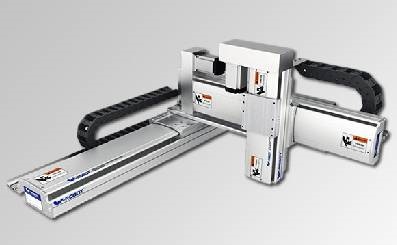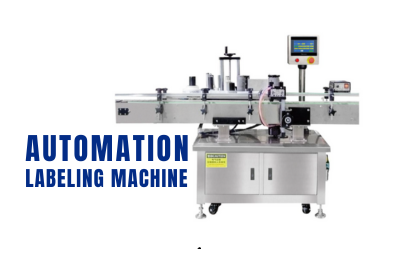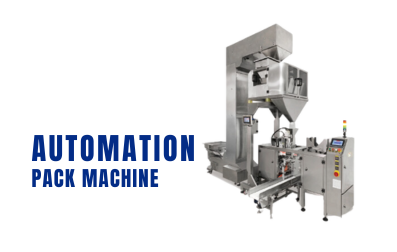Robotics & Automation

Robotics & Automation Products

W-ROBOT Actuator
Industry leader in linear robots.
.jpg)
AOI
automatic optical inspection machine

Robot Tool Changer
A flexible device which can help single industrial robot match with more end-effectors

Dispensing Machine
Many useful machines Help make various tasks It is more efficient and faster.
.png)
ROKAE Collaborative Robots
Next-Generation Flexible Collaborative Robots ROKAE xMate Series.

ROKAE Industrial Robots
ROKAE Industrial Robots Faster, more reliable, more precise

Laser Welding
Laser welding technology

Automation Labeling Machine
A machine that automates product labeling, improving efficiency and accuracy in production.
.png)
Automation Packaging line
An automated packaging line that enhances speed and efficiency in the product packaging process.

Automation Pack Machine
A machine designed for automated packaging, filling products into various types of pouches or bags.

Automation
Is a system that works through computer control.
Automation or automatic control, is the use of various control systems for operating equipment such as machinery, processes in factories, boilers and heat treating ovens, switching on telephone networks, steering and stabilization of ships, aircraft and other applications and vehicles with minimal or reduced human intervention. Some processes have been completely automated.
The biggest benefit of automation is that it saves labor; however, it is also used to save energy and materials and to improve quality, accuracy and precision.
The term automation, inspired by the earlier word automatic (coming from automaton), was not widely used before 1947, when Ford established an automation department. It was during this time that industry was rapidly adopting feedback controllers, which were introduced in the 1930s.
Automation has been achieved by various means including mechanical, hydraulic, pneumatic, electrical, electronic devices and computers, usually in combination. Complicated systems, such as modern factories, airplanes and ships typically use all these combined techniques.